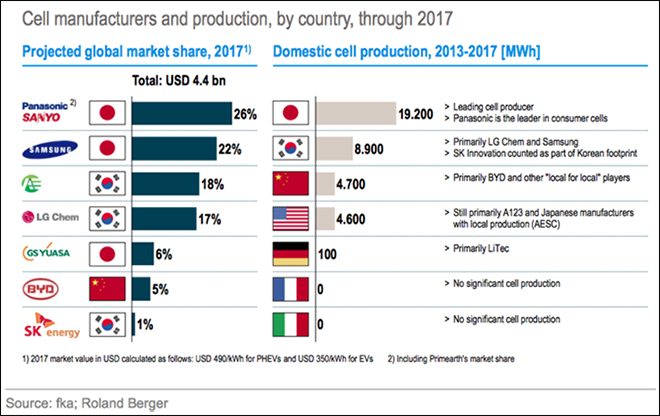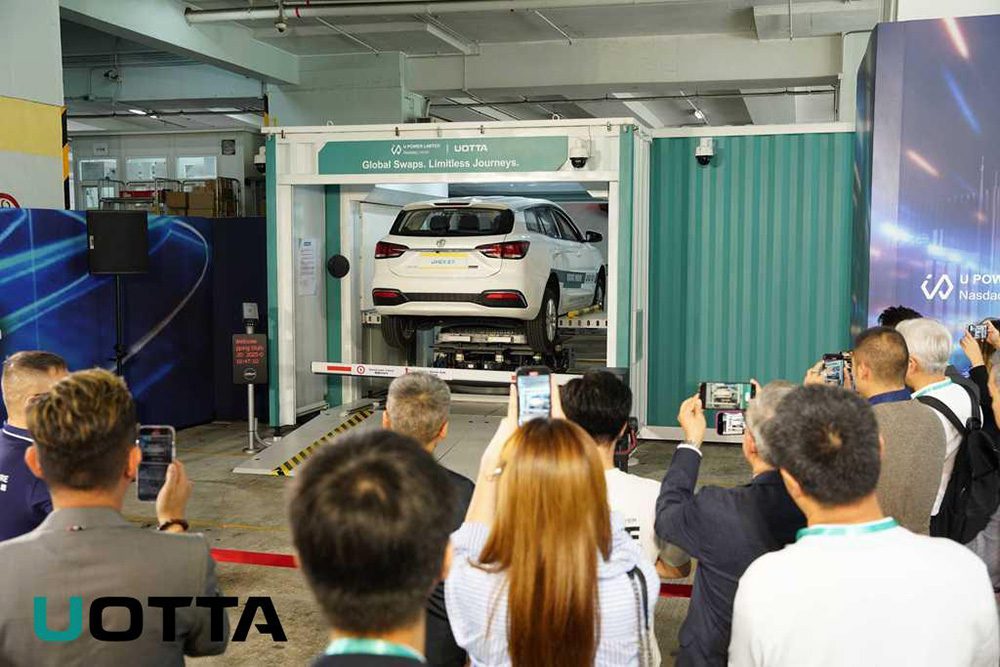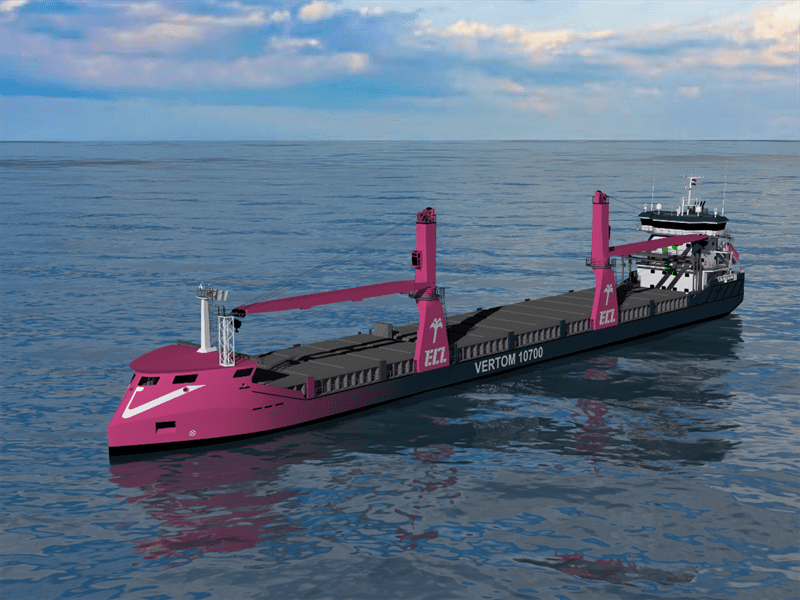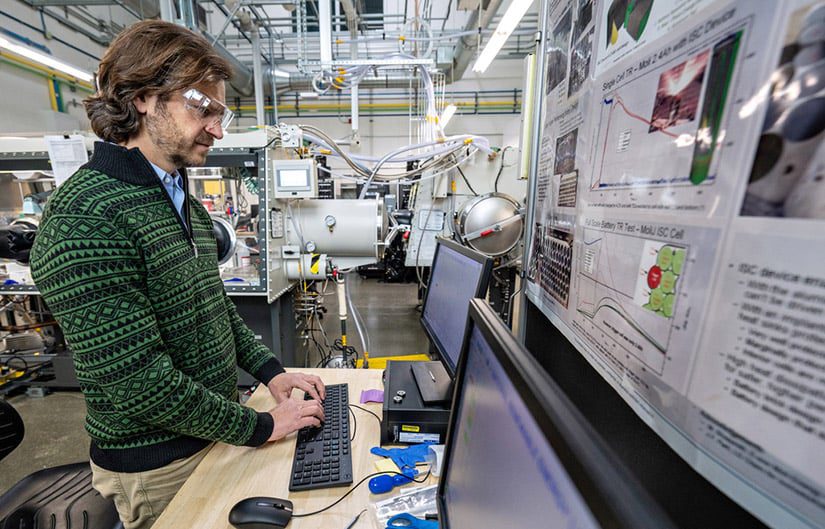A new report from consultancy Roland Berger indicates that while the US remains the country with the largest market for plug-in vehicles, that’s unlikely to last, as China has the highest rate of EV sales growth, and by far the highest level of e-mobility subsidies.
The Q1 2015 E-Mobility Index compares the relative competitive standings of the top seven automotive nations (Germany, France, Italy, the US, Japan, China and South Korea) in the electromobility segment, based on three indicators: technology, industry and market.

The world’s top EV market is the US, where over 120,000 plug-in vehicles were sold in the past 12 months. But the Chinese market has seen the biggest growth, more than doubling its sales in the last year, to just under 53,000. Double-digit growth rates have also been seen in Germany (27%) and France (13%).
China leads the world in government incentives – it has established an active industry and regulatory policy, and has gradually introduced direct subsidies for EV sales. With the exception of Japan, which has slightly increased its subsidies, most of the major automotive nations have seen public incentives for e-mobility decline dramatically. The US and Italy are at the bottom of the list.

Another interesting insight from the new report: stricter CO2 limits, especially in Europe, are placing OEMs under increasing pressure to electrify.
“The stricter European directives favor premium OEMs most of all,” said Roland Berger Partner Thomas Schlick. “That’s because their high-price models make them more able to tap into a wealthy clientele than automakers who sell high-volume vehicles.”
However, this will change in the future, according to the report, as “conditions are now in place to enable OEMs to manufacture electric cars featuring more mature technology more cheaply.” More vehicle lightweighting will be imperative, in order to offset the extra weight of batteries and improve efficiency. To date however, “the design, the modular construction systems and the materials used in the vehicles are still aligned toward the conventional model series. OEMs should therefore focus more on alternative materials like carbon fiber reinforced plastics and aluminum.”
Source: Roland Berger via Green Car Congress
Image: Nicolas Raymond
















































































